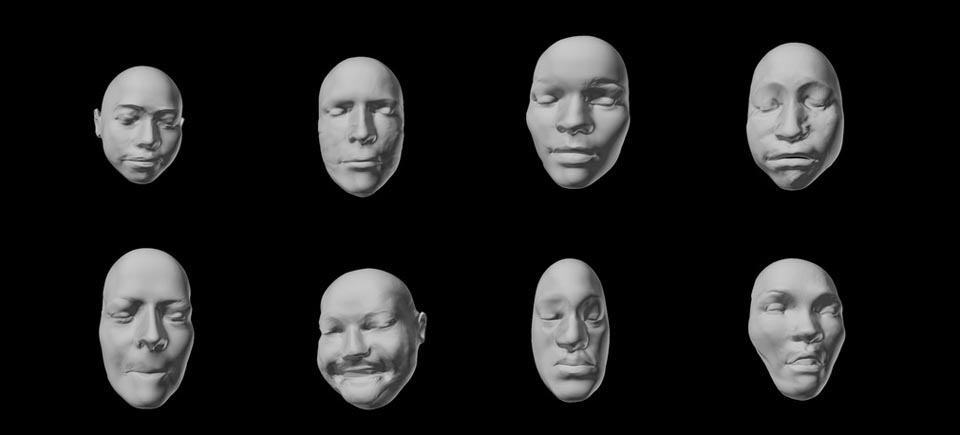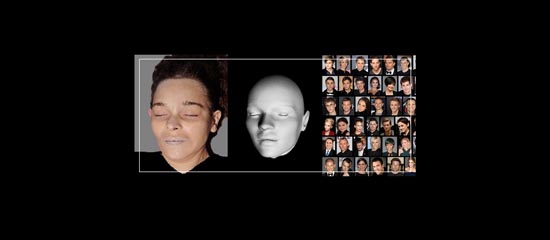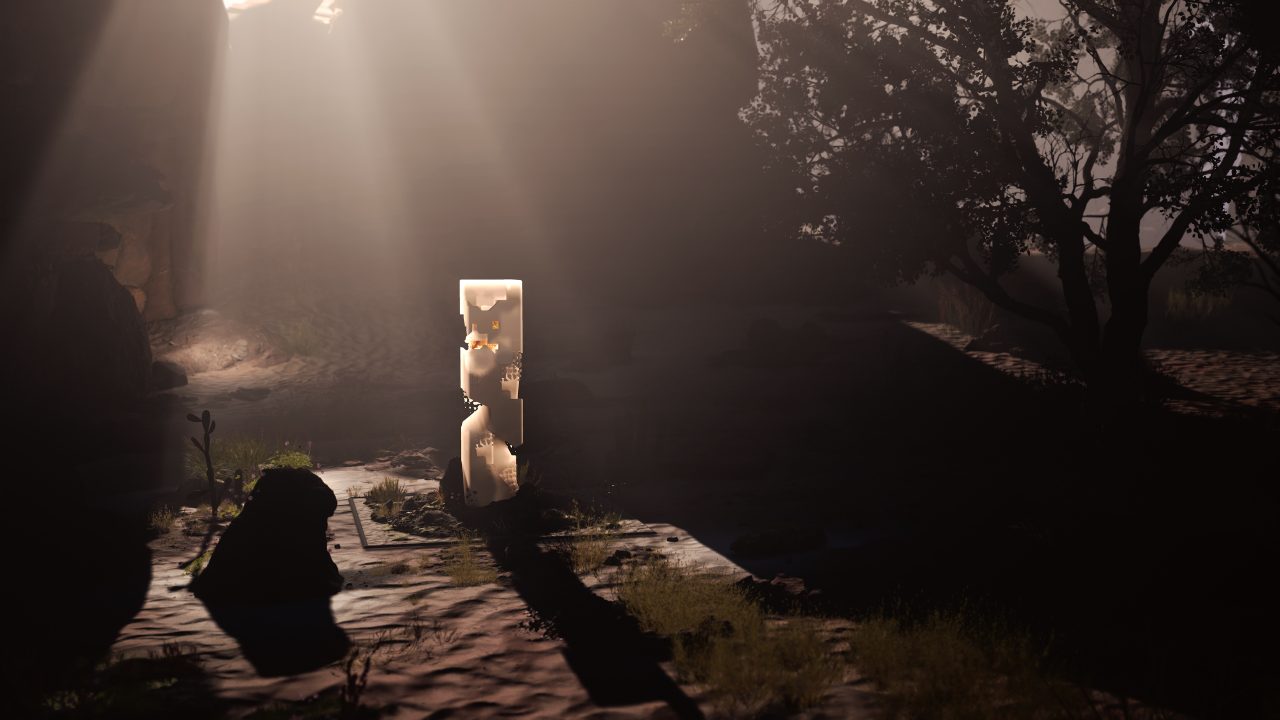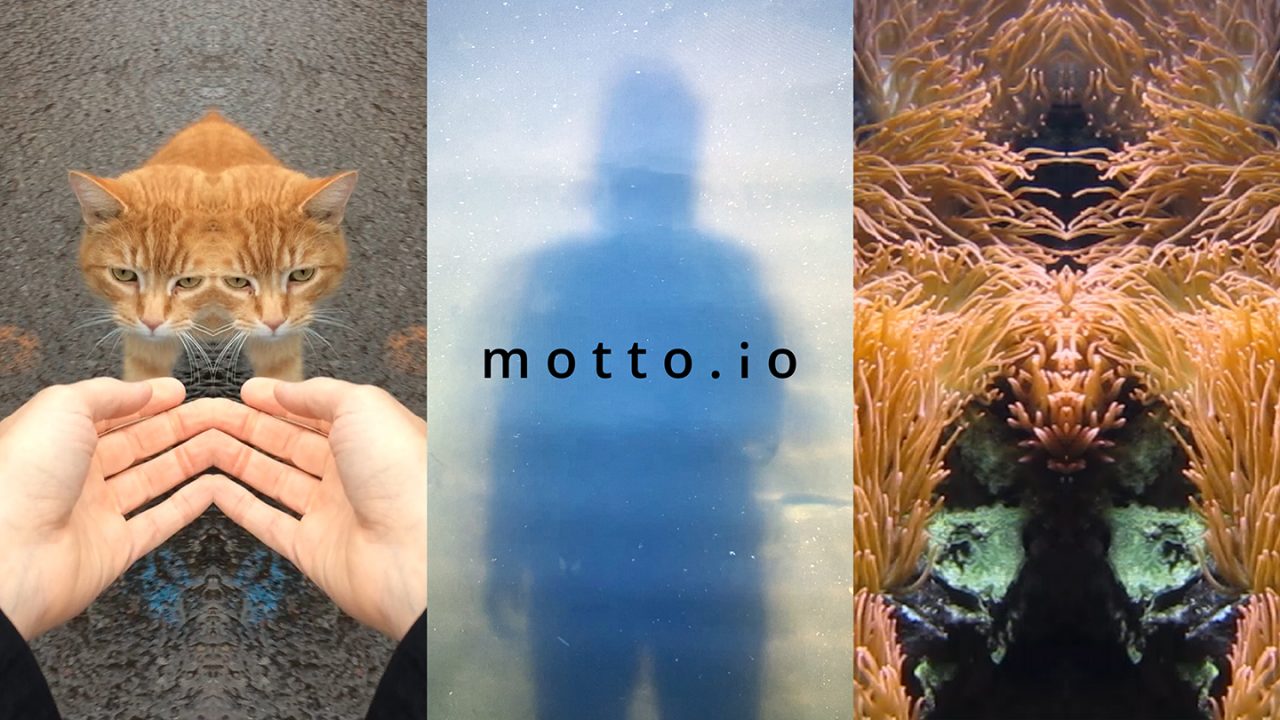
Interactive Haiku | Check out 2 New Very Short Digital Explorations
Interactive Haiku | Check out 2 New Very Short Digital Explorations
Interactive Haiku month is going strong! As promised, we’re launching 2 new bite-sized digital explorations every week. This week, discover Facing the Nameless and Famograph, introduced here alongside some insightful comments and contextual notes from their respective creators.
Sign up here (upper left corner) to ensure you don’t miss a single “haiku”!
*
Facing the Nameless
by Ziv Schneider (USA)
In this era of virtual celebrity, it’s near impossible to die unidentified, and yet, some do. Free the dead from their anonymity in our new Interactive Haiku.
1. What characteristics does your project share with a haiku?
As in the haiku poetic tradition, the experience of Facing the Nameless offers a pause to contemplate our day to day lives.
Part of that same tradition also involves the juxtaposition between two images observed within routine occurrences.
I chose to juxtapose the familiar and the unknown within individual cases of unidentified deceased persons.
2. What new grounds does your haiku break in terms of interactivity?
This project explores the form of a short digital documentary and aims to increase awareness and trigger empathy and action beyond the screen.
The experience links to the original database that the cases are taken from and the users are encouraged to try and help solve these cases.
If a case is in fact solved, it will be removed from the site.
3. How does your haiku encourage us to perceive the world differently?
Issues of privacy and anonymity are widely debated these days, in the age of big data and with the spread of new technologies that allow facial recognition and tagging.
These technologies are still not within everyone’s reach and they fail in places where they could help the most.
While viewing the case information, many things appear familiar to us such as the street view and the items found belonging to the person.
Yet, the person’s name remains unknown.
When loading the portraits through Google’s search by image engine, the resulting photographs turn out to mostly be of celebrities.
The question I’d like to raise is this: how can we know the face of the distant celebrity while ignoring the name of a person living in our midst?
My haiku encourages you to consider the ways in which our lives are intertwined with those around us who so often go unrecognized.
*
Famograph
by Pierre Jullian de la Fuente (France)
The Internet absorbs and spits out your personal information. Take this test and find out what your friends really think of you.
1. What characteristics does your project share with a haiku?
The haiku evokes more than it describes…
Likewise, the traces we leave online, be it via Google, Facebook, Twitter, etc…. are instantaneous and scattered signs, whose true signification – “who we really are” – is highly elusive. In this context, “big data” algorithms are free to weave whatever narrative around these discombobulated signs: what we might want to buy, what we like…
2. What new grounds does your haiku break in terms of interactivity?
The haiku revisits one of the most basic types of interactivity: the form. Historically, keyboard input predates the click (directly typing in the desired web address, mouse-free). This type of input is everywhere:
-search: a few words in a search field
-sign ups: to login to an online service
… these types of online behaviours are ubiquitous.
3. How does your haiku encourage us to perceive the world differently?
It speculates on how our personal data might be used in the near future: a plausible and bone-chilling perspective.





